Time for A ‘Litter’ Learning: Making Scents of the Types of Litter Available Today
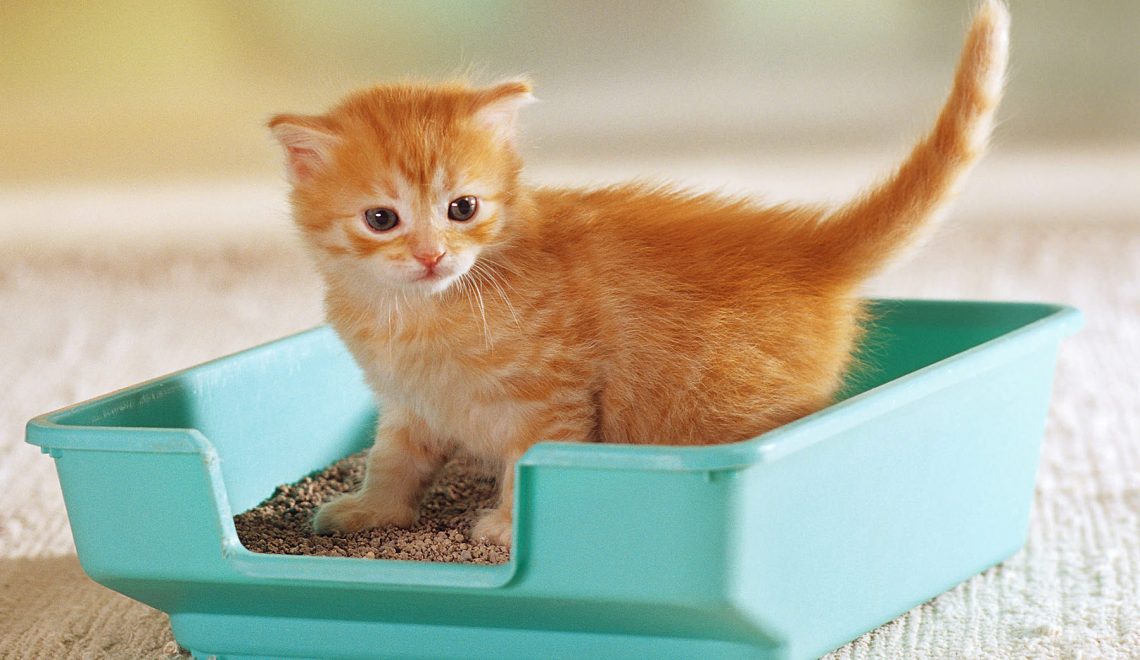
So Many Types of Litter Available Today
When setting up your cat’s litter box, you might find yourself overwhelmed by all the types of litter to choose from. Questions about the smelliness of paper-based litter or environmental-friendliness of corn-based litter might arise… “Which to buy?“, you might ponder. After all, as cat parents, we want the best for our pets (and noses!). This article breaks down the most popular varieties of litter, making the process of deciding on a litter less stinky!
Popular types of litter
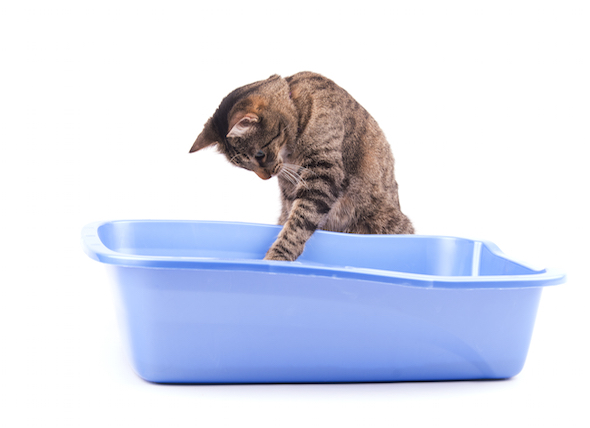
Non-clumping clay litter
The first commercialized cat litter was known as Fuller’s earth. It was developed by a man named Edward Lowe and made available in the 1950’s. At that time, Fuller’s earth was loved for its odor-trapping technology. This type of litter is non-clumping, so litter boxes using it must be cleaned often. It also produces lots of dust, which is not great for cats’ respiratory health.
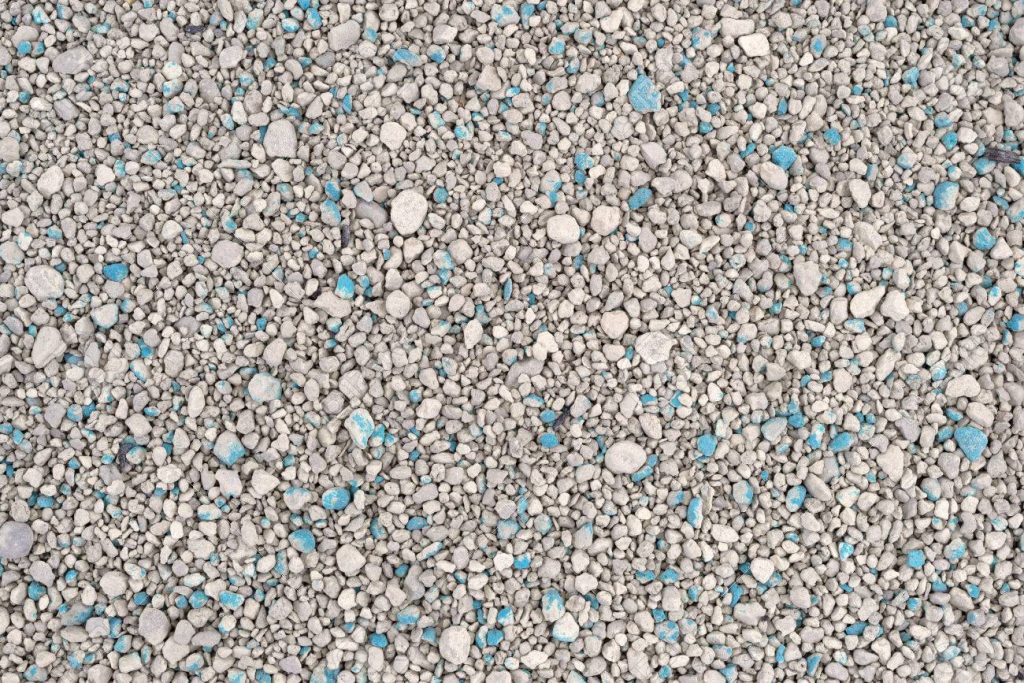
Clumping clay litter
Approximately 75% of today’s clay-based litters are made with sodium bentonite, which was first developed in the 1980’s. Bentonite clay clumps in the presence of moisture, so this type of litter can be efficiently scooped.
Though sodium bentonite is convenient and affordable, it’s dusty and pretty awful for the environment. Most bentonite clay in America is made from strip mining, a process that leads to deforestation, water pollution, wildlife displacement, habitat loss, and more.
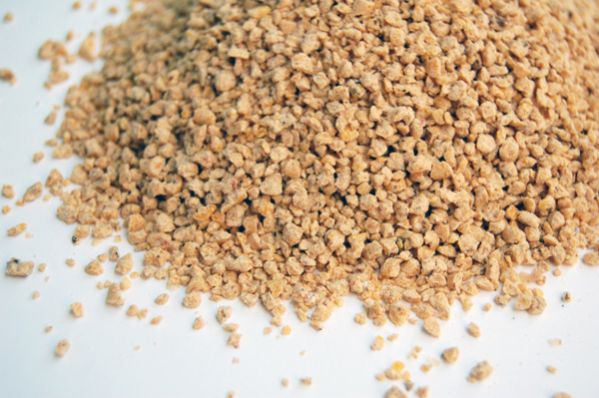
Corn-, paper-, and other natural-based litter
Corn-, paper- and other naturally-based litters are often produced from sustainable practices and resources. These types of litter are bio-degradable, so your cat’s #1 and #2 won’t haunt landfills for years to come.
Corn-based litter brands claim to be scoopable, odor-eliminating, and even flushable. The latter point has been contested though, so we strongly advise researching this before tossing your cat’s waste into your toilet.
Paper-based litters are great for cats suffering from respiratory issues, with many brands claiming to be 99.7% or more dust-free. They’re also recommended for cats with sensitive paws or who track litter outside of the box. Paper-based litter is non-clumping and can get smelly quick, so it requires more maintenance than other litter options.
Whether they’re grass-, wood-, or even tofu-based, eco-friendly litter options are becoming increasingly plentiful. These types of litter are not perfect just yet (some are priced high or don’t mask odors well for multi-cat households), but they’re getting there.
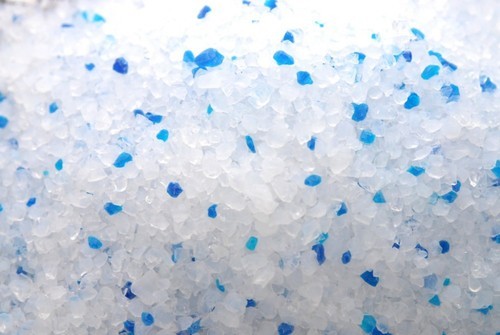
Silica-based litter
Silica (aka “crystal”)-based cat litter is a newer type of litter, offering some unique benefits. For instance, some silica brands change color to signify your cats’ health after they urinate. Silica-based litter brands often claim to be odor-eliminating, virtually dust-free, and long-lasting. Unfortunately, silica-based litter is not bio-degradable and can get pretty expensive.
Conclusion
Every cat is unique, so finding the right litter can take time, energy, and money. Once you do finally (!) find the best kind of litter for your fur family, we’re sure you’ll feel relief, and your cat will be, uhh, relieved 😉

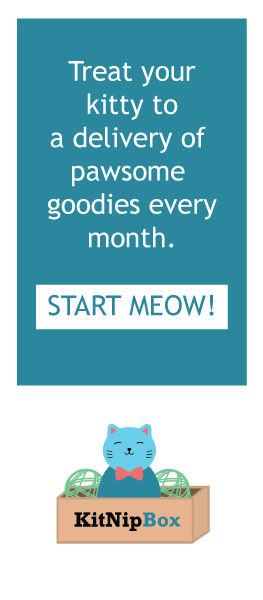




![Dj Scratch mixing some beats. 🎧 🎶 #Mewsic #KitNipBox
[via Instagram | @dharmacatnitiative]](https://www.kitnipbox.com/meow/wp-content/plugins/instagram-feed/img/placeholder.png)